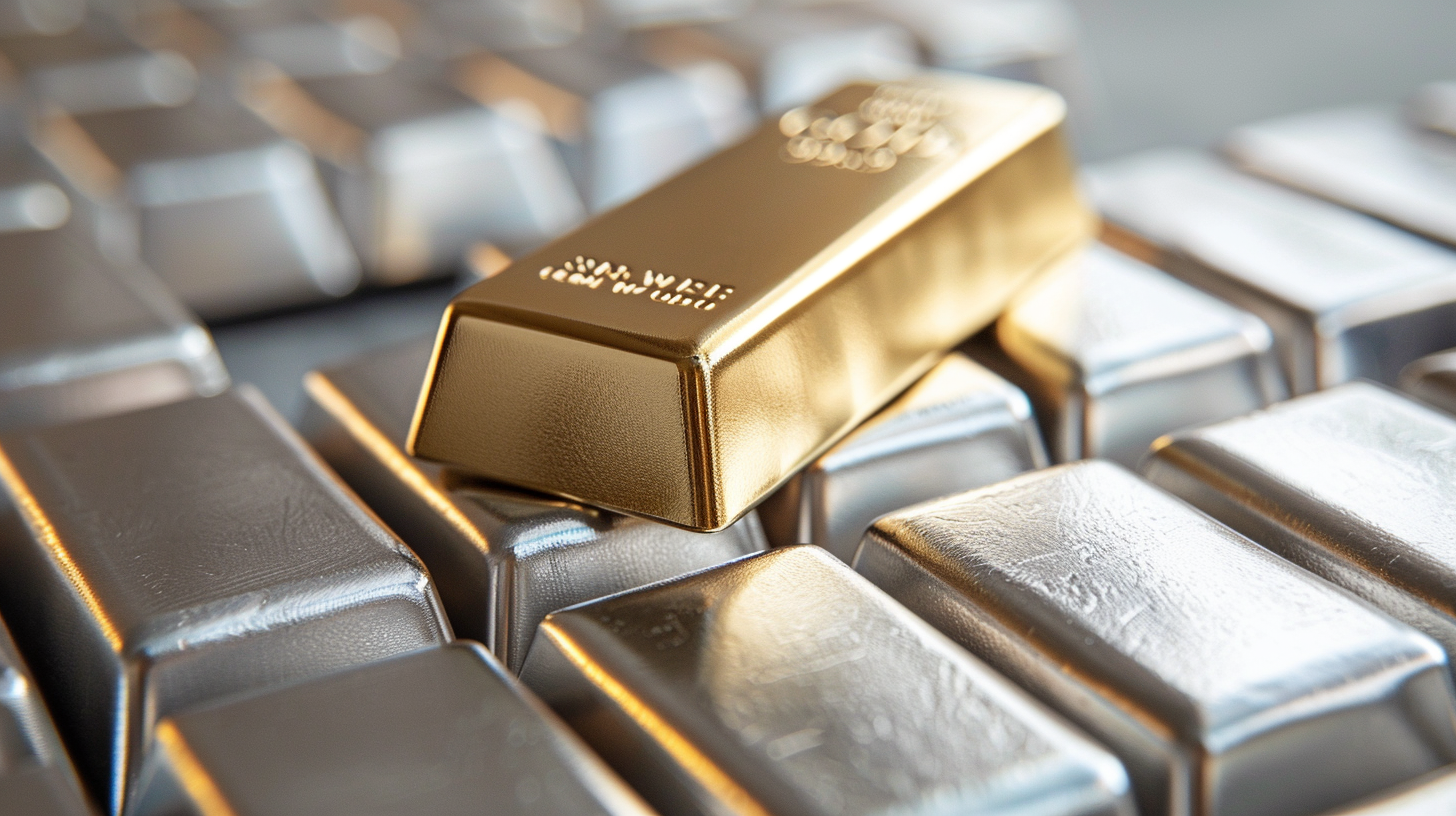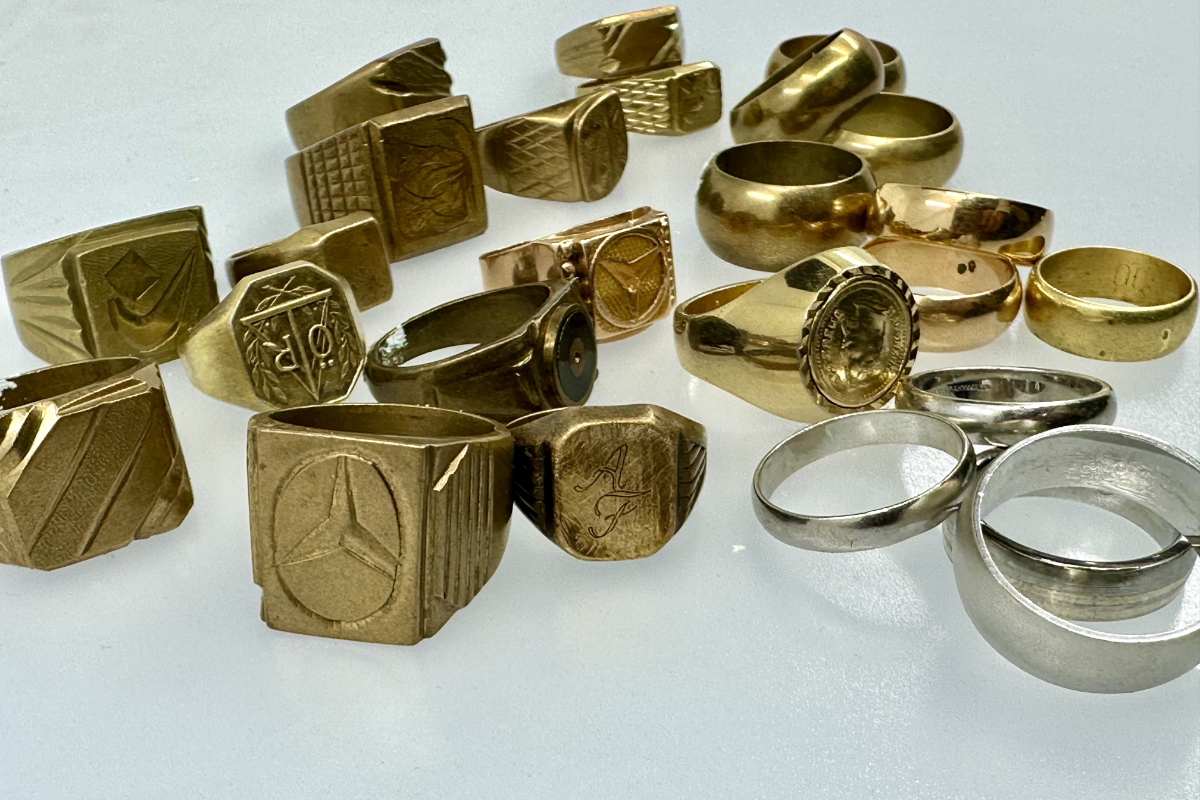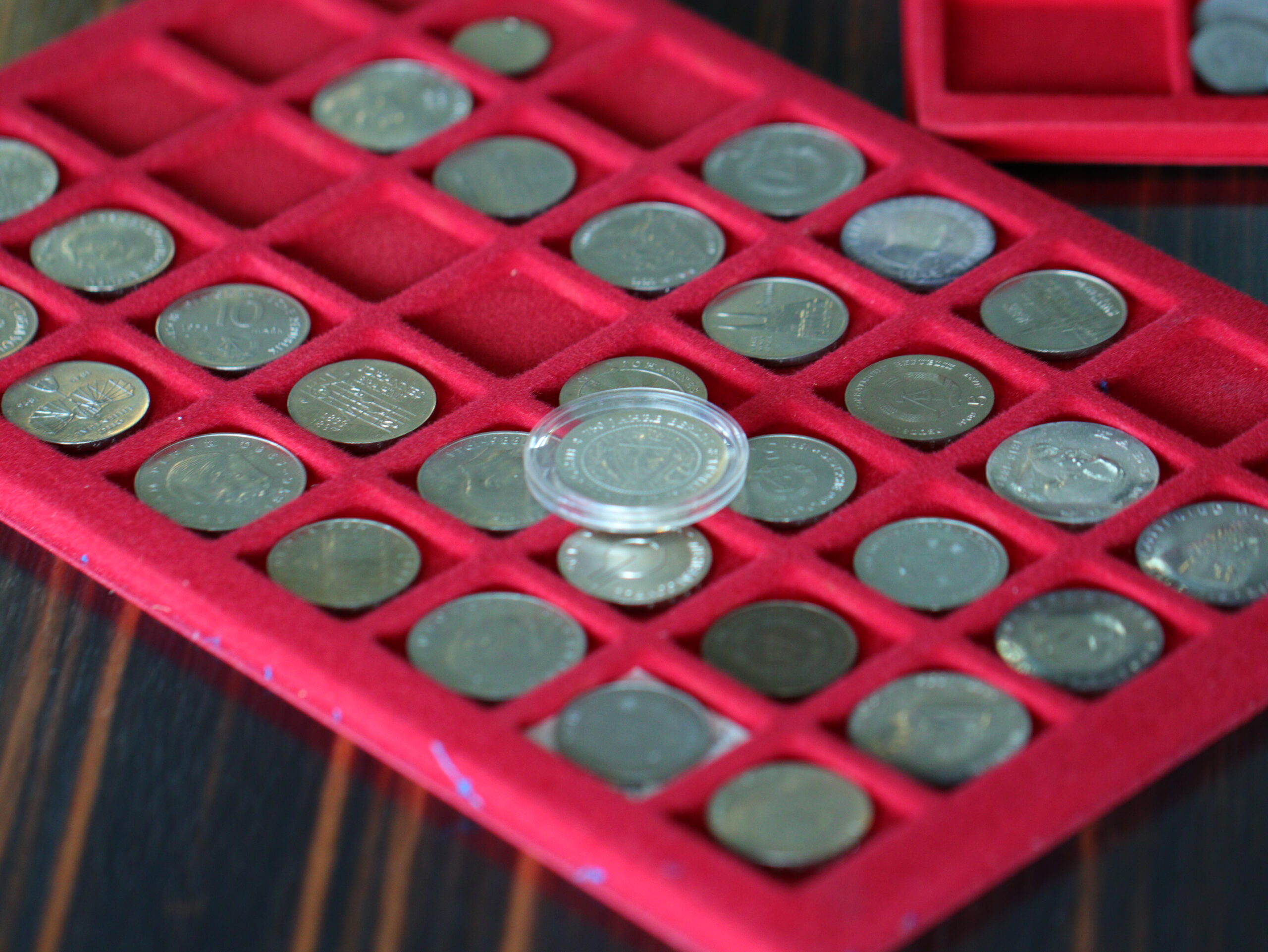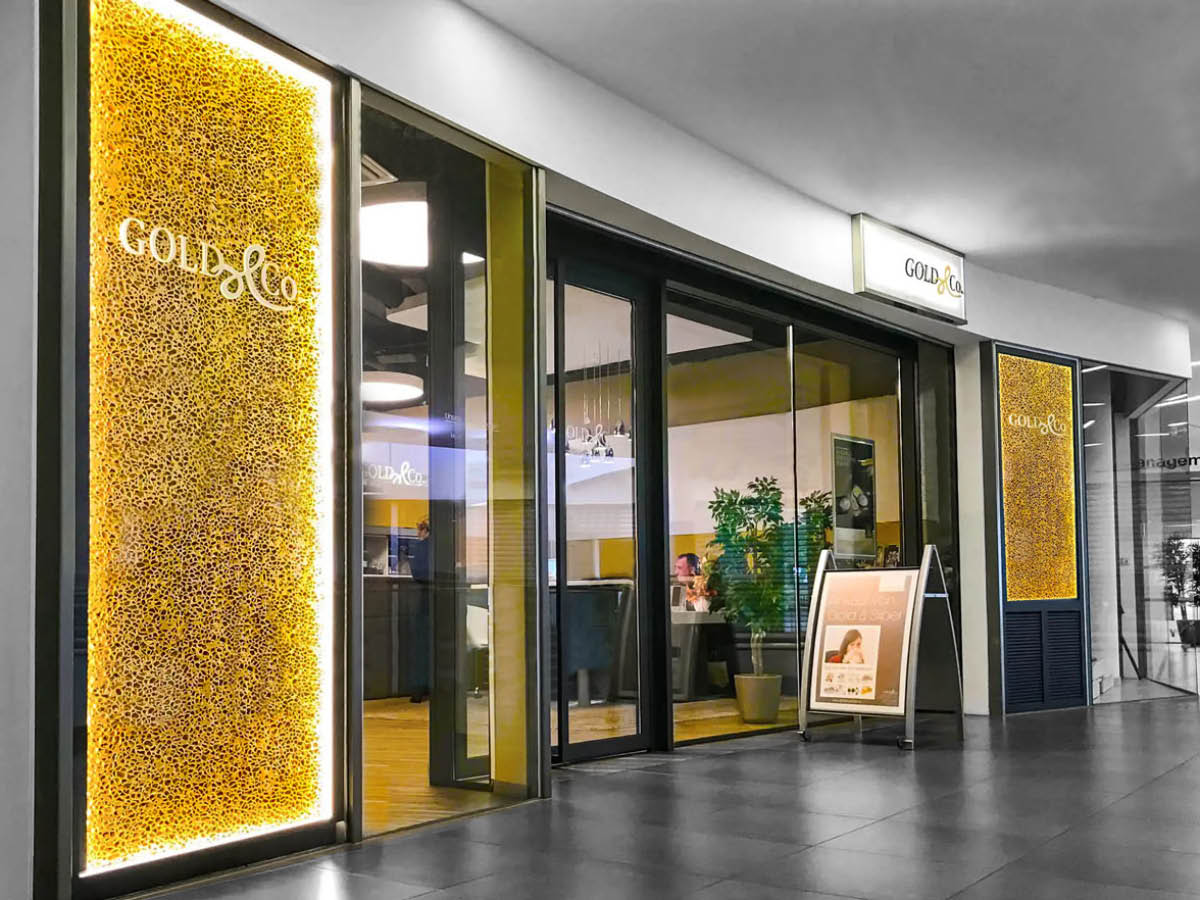
First attempts at a common currency
The euro is by no means the first common European currency. As early as the 19th century, several European countries attempted to form a common European currency with the Latin Monetary Union (Union monétaire latine).
The Latin Coinage Union of 1865
In 1865, the countries of France, Switzerland, Belgium and Italy joined forces in Paris to form the Latin Coinage Union. In their "Convention Monétaire", they agreed to coordinate the fineness, weight, size and face value of their coins in future. In 1868, Greece also officially joined the Coinage Union.
The aim of the Latin Coinage Union was to standardize the currencies of the participating states so that they could be exchanged with each other at a ratio of 1:1 in order to simplify trade between the countries.
The participating countries therefore continued to mint coins with their own currency denominations, but these were accepted in all other countries. The official coins were therefore French and Belgian francs, Italian lire, Swiss francs and Greek drachmas.
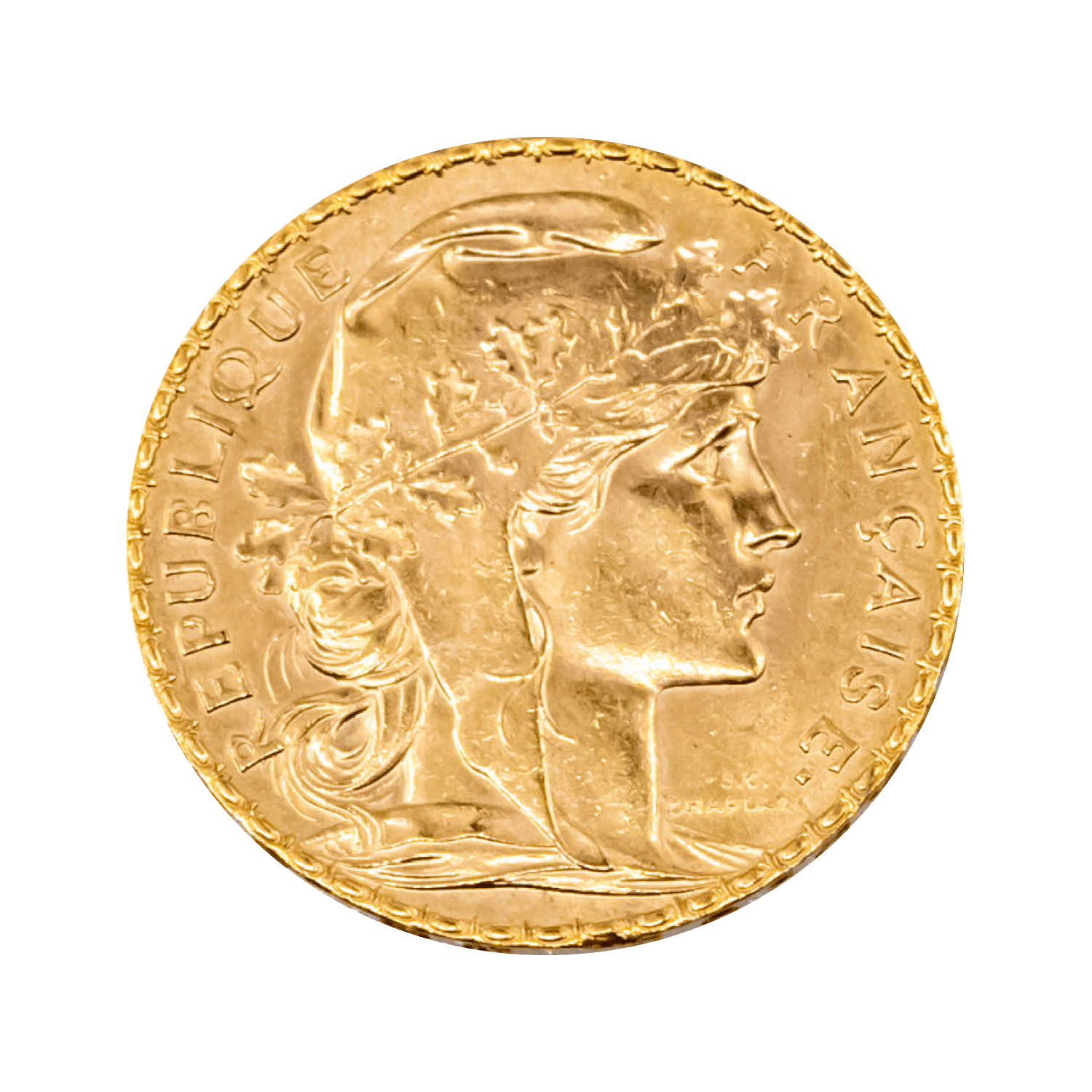
In addition to the official states of the Coinage Union, other European states later adopted the standards of the Coinage Union. The dual monarchy of Hungary and Austria also oriented itself towards the gold coins of the Latin Union in all parameters with the florin coins minted from 1870. The 8-gulden coin corresponded to 8 florins or 20 francs and the 4-gulden coin had a value of 4 florins or 10 francs and is still minted by the Austrian Mint today.
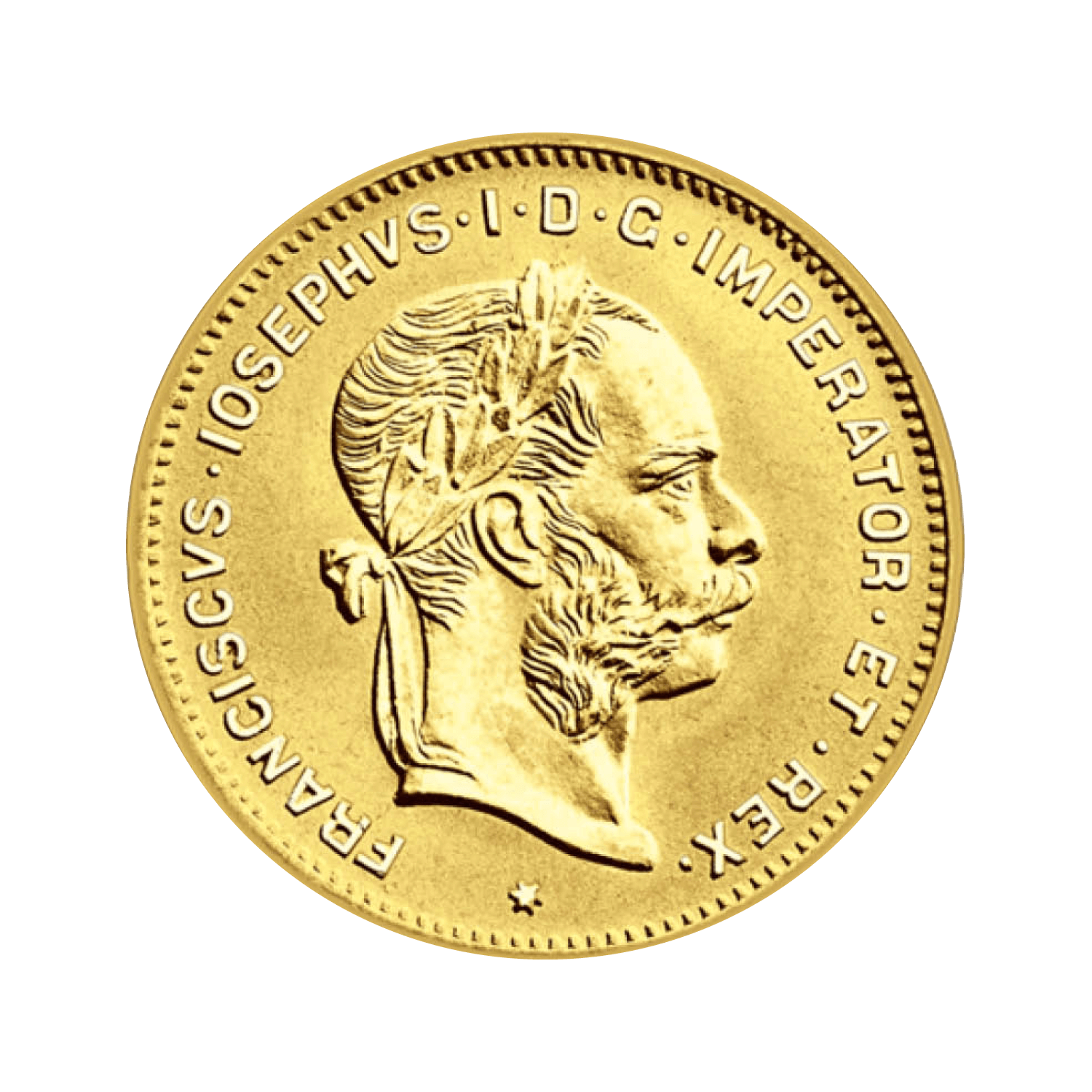
Bimetallism with gold & silver coins
In addition to rules on issuance and acceptance, the treaties of the Latin Coinage Union primarily defined the denomination of the coins, determined the gold and silver content and weight and set the value ratio of the two metals.
Gold coins with denominations of 100, 50, 20, 10 and 5 francs were issued with an alloy of 900/1000 gold. The largest silver coin with a face value of 5 francs had a fineness of 900/1000 silver, while smaller silver coins with face values of 2 francs, 1 franc, 0.5 francs and 0.2 francs only had a fineness of 835/1000 silver.
The gold-silver ratio thus corresponded to a ratio of 1 to 15.5, meaning that two silver 5-franc pieces (= 45 grams of fine silver) were equivalent to one gold 10-franc piece (= 2.9032 grams of fine gold).
Gold coins of the Mint Union
Whether francs, francs, lire or drachmas - all gold coins of the Latin Monetary Union were available in the following denominations:
| Metal |
Nominal value |
Weight (g) |
Diameter (mm) |
Fineness |
| Gold | 100 | 32,258 | 35 | 900/1000 |
| 50 | 16,129 | 28 | ||
| 20 | 6,4516 | 21 | ||
| 10 | 3,2258 | 19 | ||
| 5 | 1,6129 | 17 |
Silver coins of the Mint Union
The silver coins of the Union Monétaire Latine also followed a uniform denomination, even if the currency denomination differed:
| Metal |
Nominal value |
Weight (g) |
Diameter (mm) |
Fineness |
| silver | 5 | 25 | 37 | 900/1000 |
| 2 | 10 | 27 | 835/1000 | |
| 1 | 5 | 23 | ||
| 0,5 | 2,5 | 18 | ||
| 0,25 | 1 | 16 |
Paper money put an end to the monetary union
Because paper money was still an exotic specialty when the monetary union was founded, there was no regulation in the treaty for the issue of banknotes denominated in the common currencies.
As a result, Greece, which had declared national bankruptcy in 1893, soon began to issue only paper money (having previously minted coins with inferior alloys). After virtually all countries began to issue paper money in enormous quantities at the beginning of the First World War, the treaty was suspended in 1914. Only Switzerland was the last country to adhere to the common rules. On January 1, 1927, the Swiss were the last country in the Union to stop accepting the coins of the other countries as a means of payment.
Gold coins of the Latin Monetary Union as investment coins
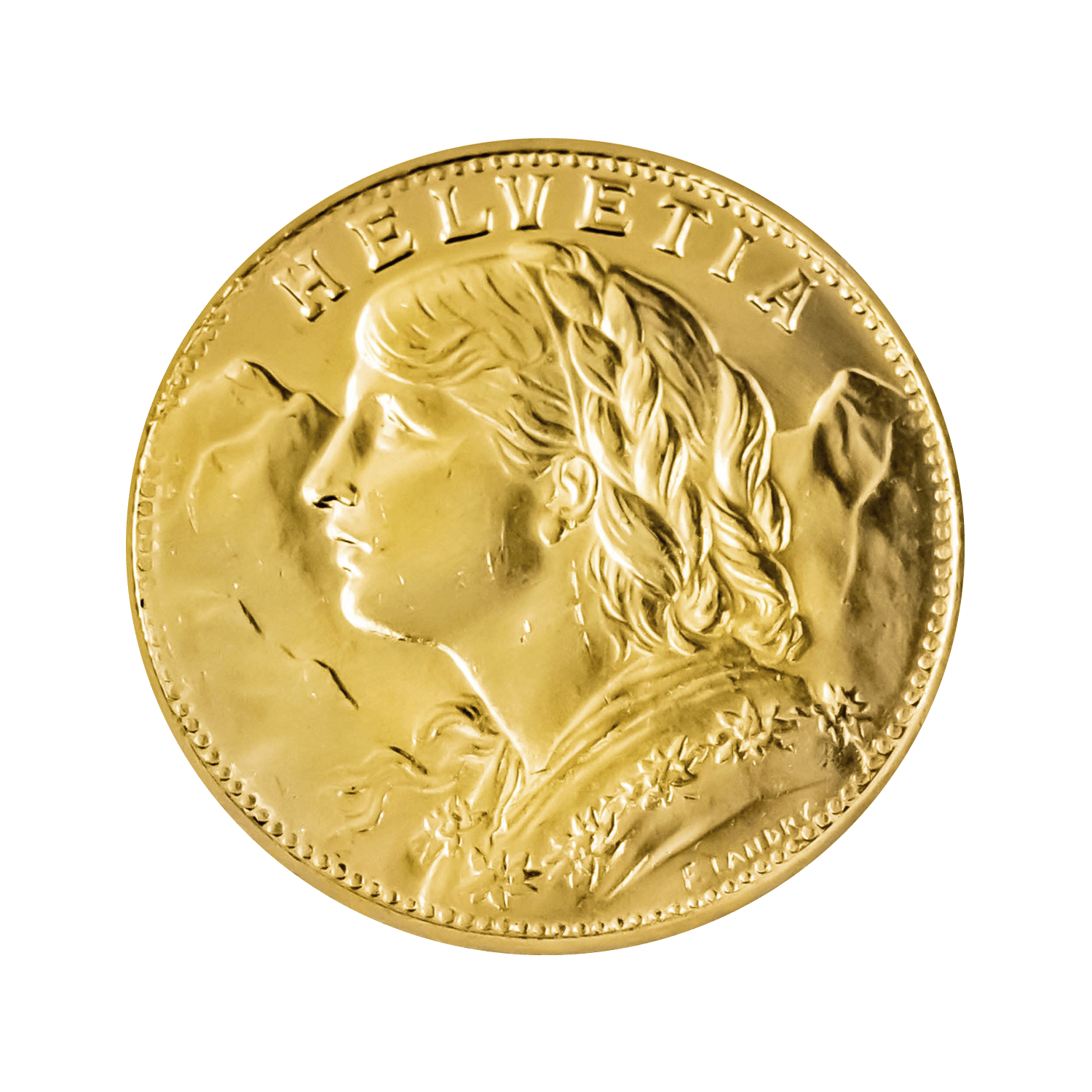
The gold coins of the Mint Union are valued by both collectors and investors. Due to the high mintage and the standardized fineness of 900/1000 gold, the French 20 gold francs with Marianne or Napoleon, the Swiss Helvetia and Vreneli gold coins, as well as old Italian LMU gold lira, are particularly suitable as investment coins.
They are traded close to the price of gold and can be bought and sold at precious metal dealers and sometimes also at banks.

